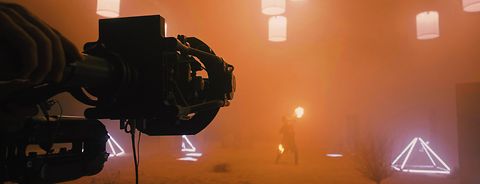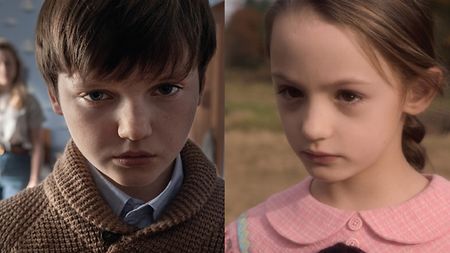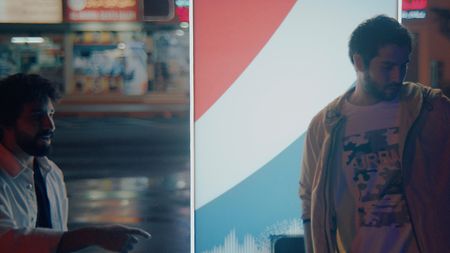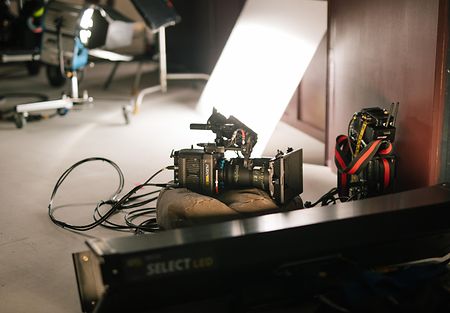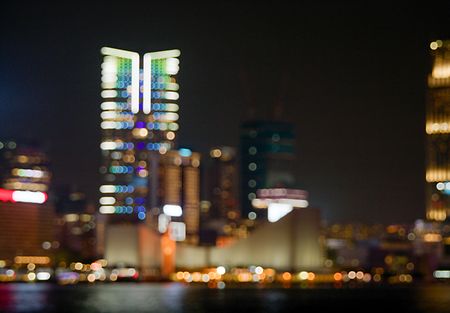From the Oscar-nominated hit “1917” to the upcoming Marvel blockbuster “the Eternals,” the ARRI Signature Primes have established themselves as one of the hottest lens series, spanning genres such as feature film production, corporate, music videos, natural history, and commercial television to name a few. Creatives have been drawn to how the lenses render warm, natural skin tones alongside open shadows with crisp blacks.
Less known is the ability to customize the look of the Signature Primes through the rear magnetic filter holder. Each lens in the Signature family is equipped with this creative flexibility. The rear filter allows cinematographers to easily add rear nets, diopters, and other materials to customize the look of the lens without permanently altering the lens or exposing the lens components on set, which may result in contamination. The use of rear nets and diopters dates to the early days of filmmaking. Cinematographers would apply fabrics, like pantyhose, across a lens to create a softer, diffused look. These retro filmmaking techniques are still used.
“ARRI is first and foremost a filmmaking company,” says Art Adams, ARRI’s Cinema Lens Specialist. “When we made these very sophisticated lenses, we reached into our past as a film company to reintroduce some of these retro techniques to soften, diffuse, and creatively distort images.”
On the Netflix series, “The Haunting of Bly Manor,” cinematographers Maxime Alexandre AIC and James Kniest used a rear net, a black Fogal, to create an old Hollywood blooming effect—inspired by the photographs of George Hurrell, the master of old Hollywood’s glamour photography. When cinematographer James Kniest took over the show, he reduced the blooming effect by simply pulling the net tighter across the back of the lens.
